With some thought and advance planning, you can prepare for the next big storm and protect what’s most important to you. We've got a complete list of resources to help.
- story by Dena Temple photos by Dena Temple and Ellis Anderson
Beachfront homes were reduced to kindling. Boats were thrown about like yesterday's toys. The power grid failed; over two million households in the state lost power in the storm. 346,000 NJ homes were damaged or destroyed. Photos of an iconic roller coaster falling into the sea were heart-wrenching. I remember venturing out the morning after the storm and, after finding only minimal damage to our home (we lived in the highlands about a mile from Sandy Hook Bay), driving around to assess the damage around our area. Near the harbor, a number of residents were trapped in their homes by colossal yachts wedged against their front doors. Smaller boats lay on their sides in the middle of Main Street, blocking egress. In the harbor, fancy pleasure boats came to rest stacked atop one another like a domino layout gone terribly wrong. Many houses along the waterfront looked intact from the street, but they had been peeled open by the storm, exposing the living area, and the people inside, to the ravages of the wind and the sea. Thirty-seven NJ residents did not survive.
It took about three weeks to get everyone’s power back on line. In the meantime, those of us who were lucky enough to have generators waited daily in lines up to eight hours long at one of the few gas stations that were open just to keep our houses warm. Those mega service stations with their big generators were beacons in the aftermath, drawing neighbors together to compare war stories and share information (and often misinformation as well).
It was gut-wrenching. And I’m sure for most readers here on the Gulf Coast, it sounds painfully familiar and probably dredges up some terrifying memories. I am sorry about that. Everyone on the Gulf Coast has a story about how Katrina changed their lives. Many have horror stories about insurance companies and FEMA trailers, but the worst stories are those about lost friends and loved ones. While 285 people died during Superstorm Sandy, 238 fell to Nature’s wrath in Mississippi alone during Hurricane Katrina, which claimed a total of over 1,800 lives.
Storms like Katrina and Sandy teach us one thing: People are more important than possessions. First safeguard yourself and your loved ones; then worry about objects that can’t be replaced; and secure last what can be easily replaced. The best protection against loss of life and property is planning, and there are many sources of excellent information about hurricane preparedness. I’ve included a number of links at the end of this article; the information is all valid and valuable. If you haven’t already done so, set aside an evening and gather the family around the dining table for some straight talk about storm preparations. Plan now for the next storm.
There are a number of steps you can take today to make you storm-ready. Here are a few:
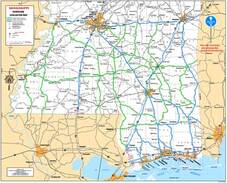
Photos courtesy of Roll-A-Way Shutters
Preparing your home before a major storm
If you are like most Americans, your home is your biggest investment. There are steps you can take to mitigate storm damage – and most of them are common sense and cost little or nothing.
Some of the above advice can save you money. However, more valuable still is the peace of mind knowing that your family is safe and that you have done what you could to protect what’s most important to you. Here’s hoping for a quiet hurricane season, y’all. Helpful Links
Article by BSL resident Madeleine Ammentorp detailing what “important papers” to take if you evacuate FEMA: Family Communication Plan (form) FEMA: Hurricane season preparedness toolkit FEMA: Make a Plan MEMA “Mississippi Disaster Preparedness Guide” MDOT “Hurricane season is here. Are you ready?” National Hurricane Center National Hurricane Center’s educational page on storm surge NOAA/National Weather Service web page, Hurricane Preparedness Red Cross hurricane preparedness: Before, during and after Thanks to the following sources:Enjoy this feature?Comments are closed.
|
Categories
All
Archives
July 2024
|
Shoofly Magazine Partners
Our Shoofly Partners are local businesses and organizations who share our mission to enrich community life in Bay St. Louis, Waveland, Diamondhead and Pass Christian. These are limited in number to maximize visibility. Email us now to become a Shoofly Partner!

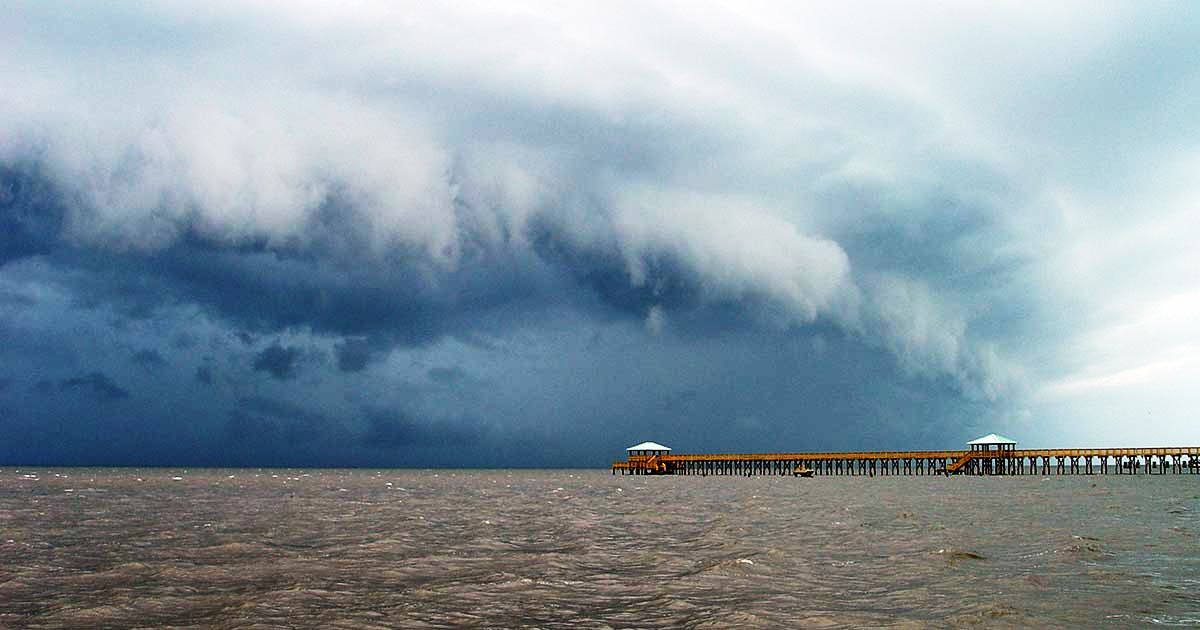



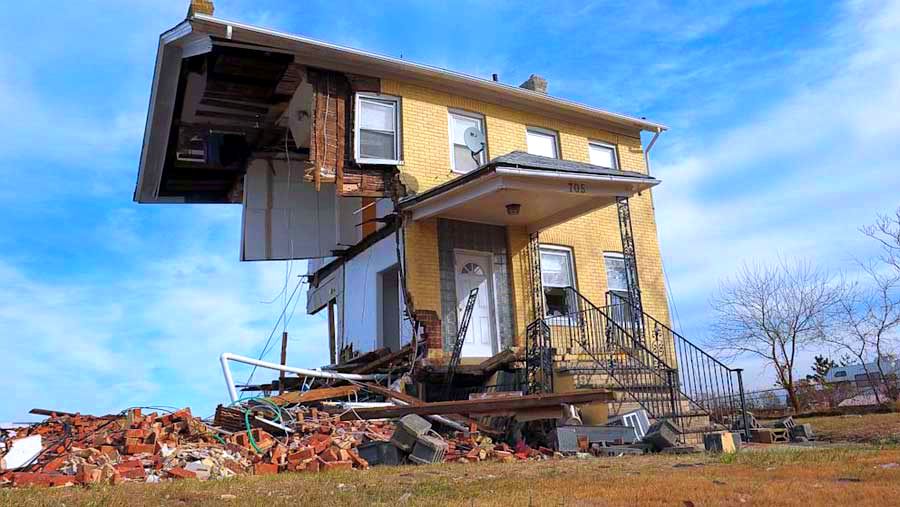
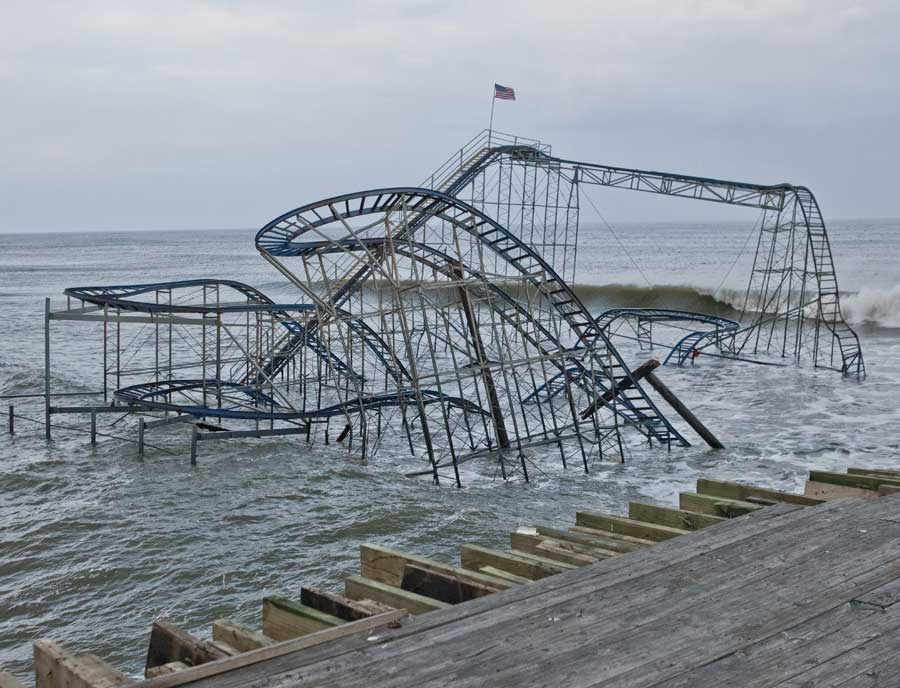
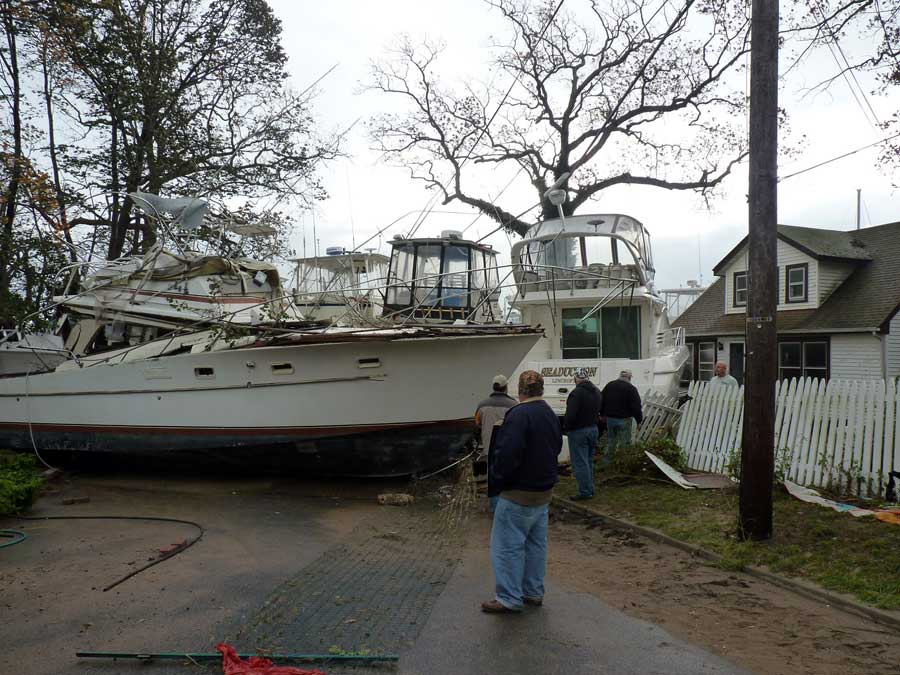
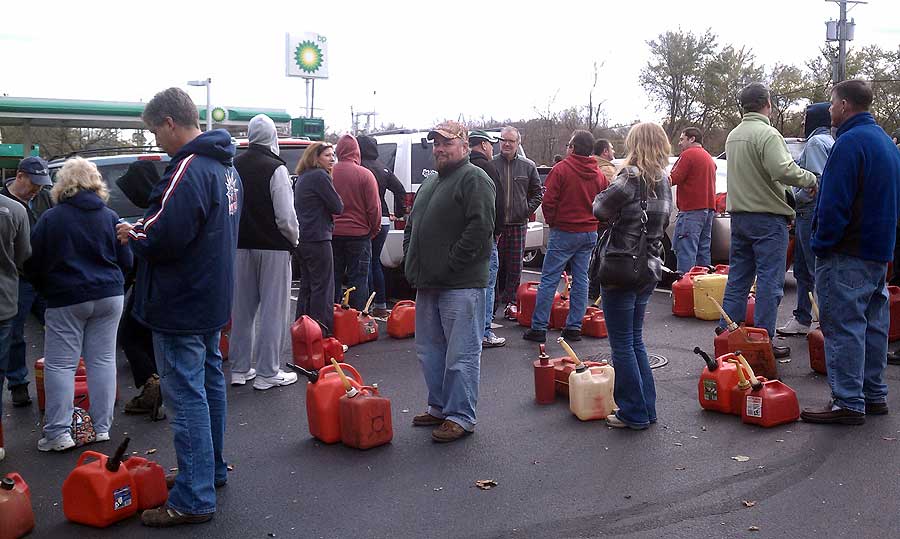
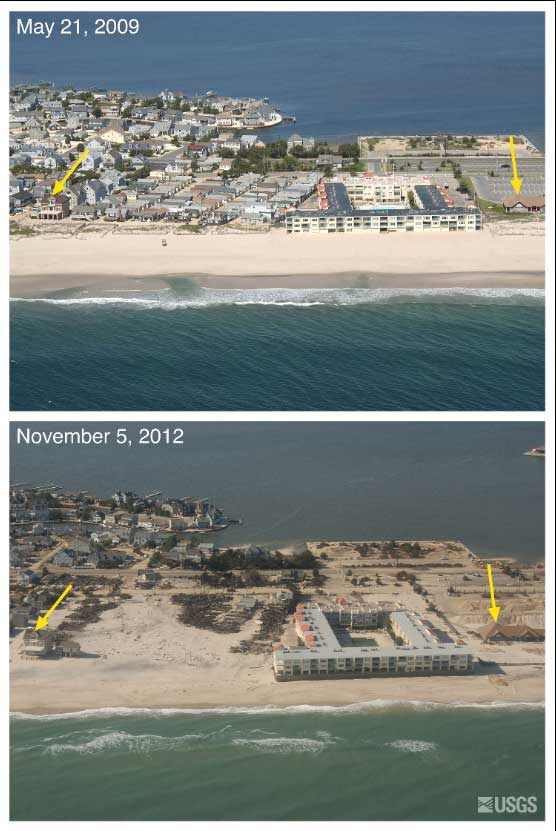
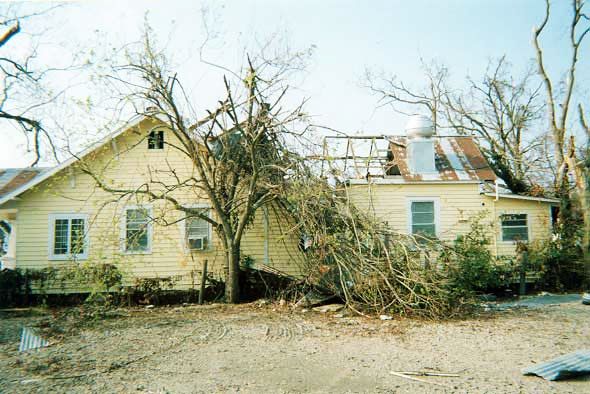
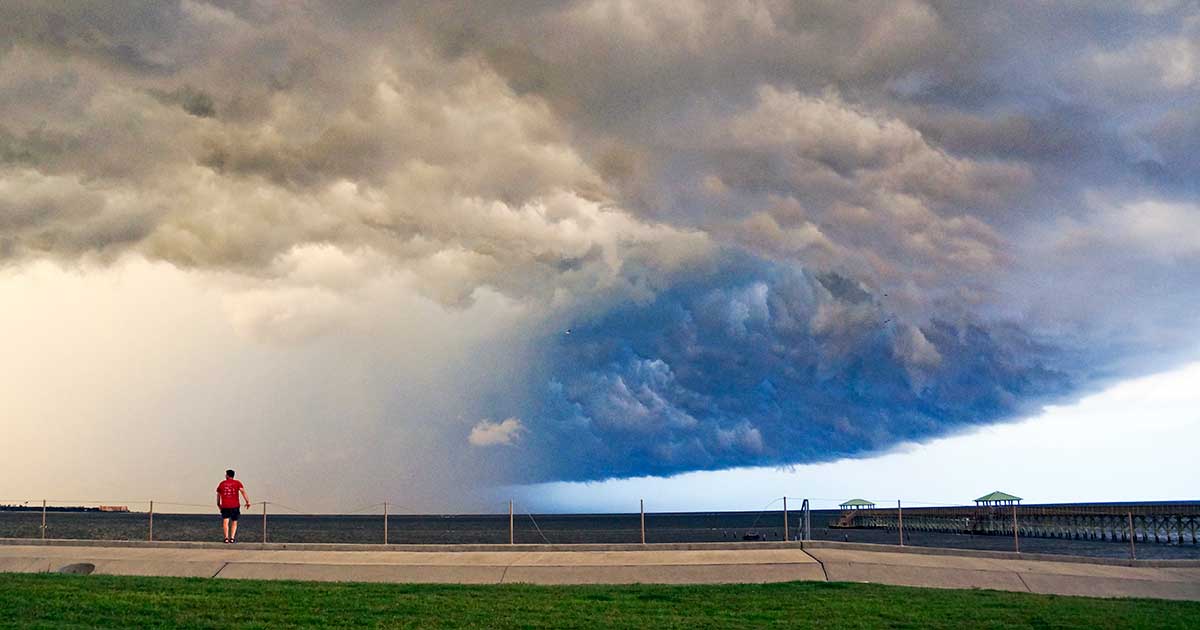



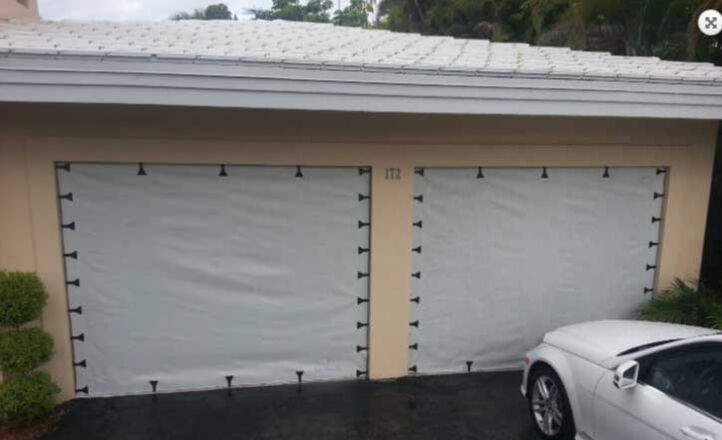


























 RSS Feed
RSS Feed























